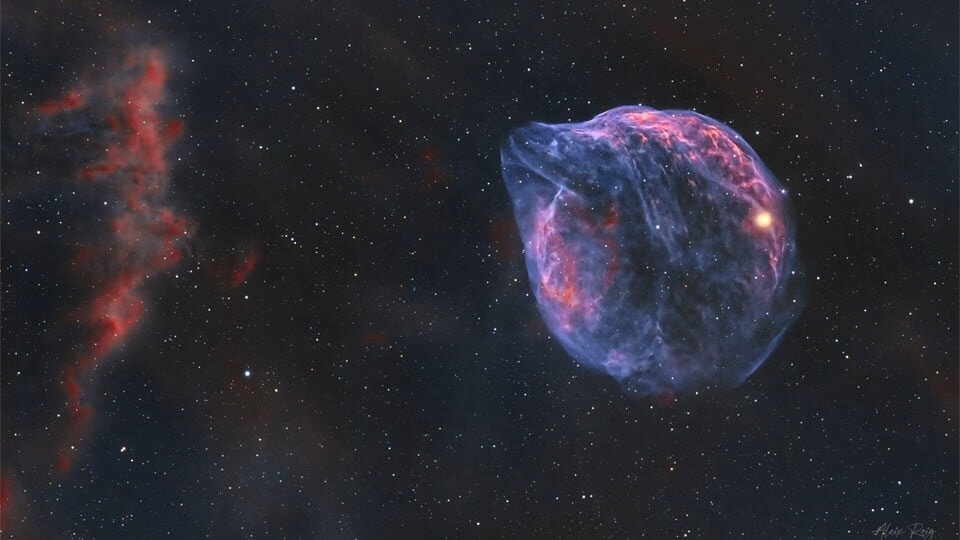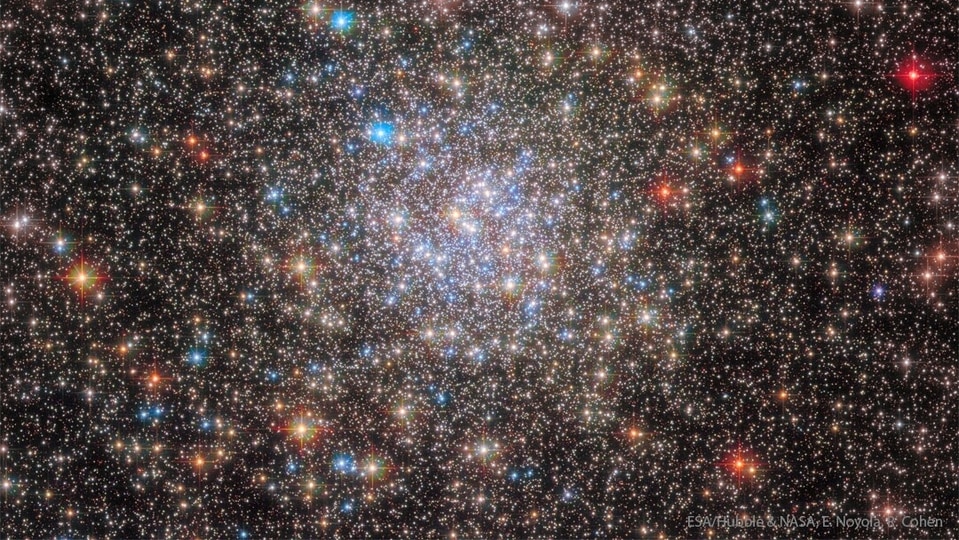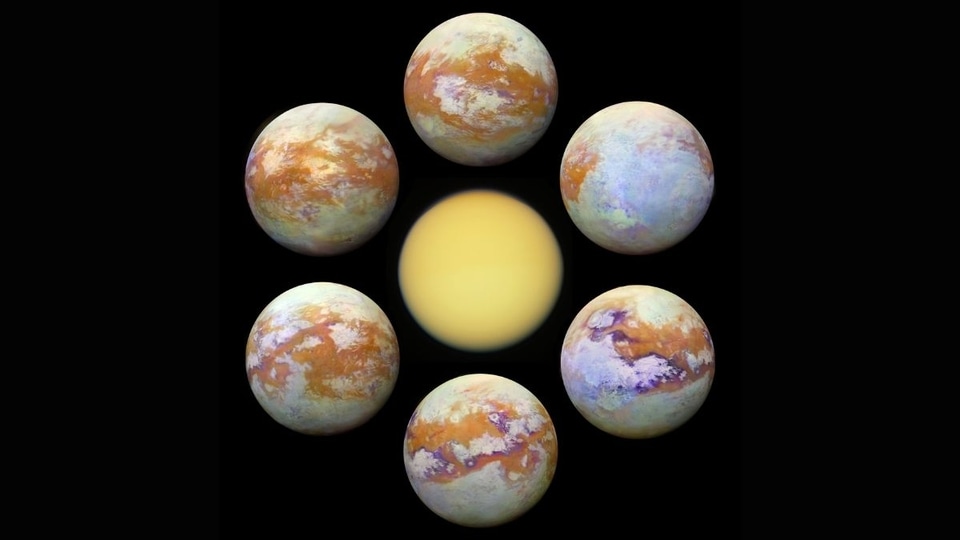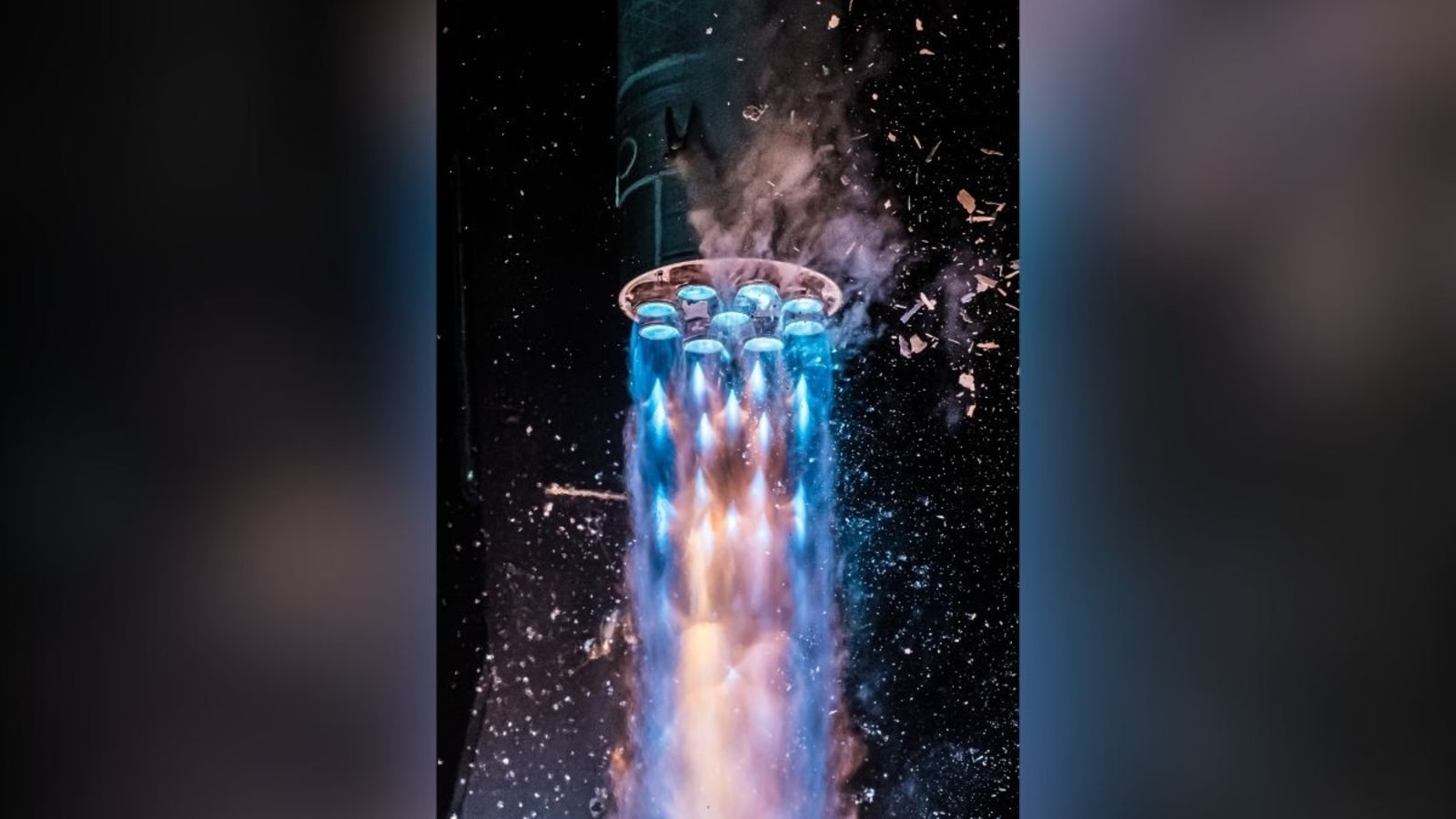NASA Astronomy Picture of the Day 6 April 2023: World's first 3D-printed rocket Terran 1
NASA Astronomy Picture of the Day is Terran 1, the world's first 3D-printed rocket built by Relativity Space.






 View all Images
View all ImagesThe space race has led to the creation of not only the government space agencies, but also to the establishment of privatized aerospace companies such as SpaceX, Blue Origin, Virgin Galactic, Relativity Space among others. Created and produced in the United States, Terran 1 represents one of the most innovative achievements of the aerospace manufacturing industry, being the world's first 3D printed rocket. Terran 1 is a spacecraft designed for modern times, specifically for the upcoming phase of satellite deployment and replenishment.
Today's NASA Astronomy Picture of the Day is Terran 1, the world's first 3D-printed rocket built by Relativity Space. Its structure is unique and software-oriented, allowing it to adapt to evolving satellite client needs, while also providing launch services that are responsive and cost-effective.
Terran 1 spacecraft technology
The spacecraft uses 9 aeon engines in its thrust structure while the 2nd stage of the spacecraft uses 1 aeon VAC engine. All aeon engines are 3D-printed and use liquid oxygen along with liquid natural gas as propellants for propulsion.
It can carry payloads up to 1250kg to about 185 kilometers of Low-Earth orbit, about 900kg payloads up to 500 kilometers of the Sun-synchronous orbit and up to 700kg payloads up to 1200 kilometers of the Sun-synchronous orbit.
NASA's description of the picture
Relativity's Terran 1 Rocket is mostly 3D-printed. It burns a cryogenic rocket fuel composed of liquid methane and liquid oxygen (methalox). In this close-up of a Terran 1 launch on the night of March 22 from Cape Canaveral, icy chunks fall through the stunning frame as intense blue exhaust streams from its nine Aeon 1 engines. In a largely successful flight the innovative rocket achieved main engine cutoff and stage separation but fell short of orbit after an anomaly at the beginning of its second stage flight.
Of course, this Terran 1 rocket was never intended to travel to Mars. Still, the methane and liquid oxygen components of its methalox fuel can be made solely from materials found on the Red Planet. Methalox manufactured on Mars could be used as fuel for rockets returning to planet Earth.
Catch all the Latest Tech News, Mobile News, Laptop News, Gaming news, Wearables News , How To News, also keep up with us on Whatsapp channel,Twitter, Facebook, Google News, and Instagram. For our latest videos, subscribe to our YouTube channel.




























